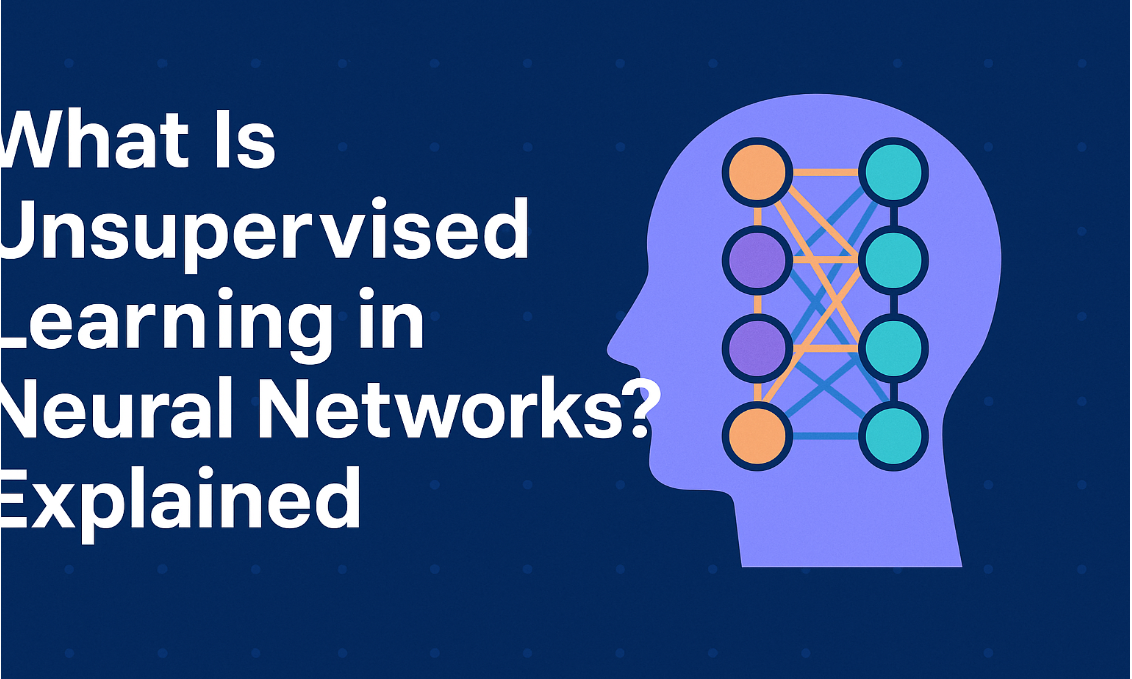
Fuzzy Logic: Understanding Fuzzy Sets
Introduction
In the world of artificial intelligence and decision-making systems, Fuzzy Logic plays a crucial role. Unlike traditional binary logic, which operates with absolute true (1) or false (0) values, Fuzzy Logic allows for degrees of truth. It is particularly useful in situations where uncertainty and vagueness are present.
This article explores the concept of Fuzzy Logic, focusing on Fuzzy Sets, their history, applications, advantages, and disadvantages. Additionally, we will discuss the difference between traditional Boolean logic and Fuzzy Logic, practical problem-solving examples, and relevant courses to help you master the topic.
Table of Contents
What is Fuzzy Logic?
Fuzzy Logic is a mathematical framework that enables decision-making in ambiguous and imprecise environments. It assigns degrees of truth to variables rather than binary true/false values. This concept is widely applied in machine learning, robotics, and automated control systems.
History of Fuzzy Logic
The concept of Fuzzy Logic was first introduced by Lotfi Zadeh in 1965 at the University of California, Berkeley. Zadeh developed the idea to model uncertainty in human reasoning and decision-making. Over the years, Fuzzy Logic has been widely adopted in engineering, medical diagnostics, and artificial intelligence.
Understanding Fuzzy Sets
A Fuzzy Set is an extension of a classical set where elements have varying degrees of membership, defined between 0 and 1.
Example of a Classical Set vs. Fuzzy Set
Classical Set: A person either qualifies as "tall" (1) or "not tall" (0).
Fuzzy Set: A person's height can be partially tall with a membership value, e.g., 5'8" might have a membership value of 0.6, while 6'2" might have 0.9.
Membership Function in Fuzzy Sets
A membership function assigns a value between 0 and 1 to each element based on its degree of belonging.
Example:
Height below 5'5" = 0 (Not tall)
Height 5'5" - 5'10" = 0.3 - 0.7 (Somewhat tall)
Height above 6' = 1 (Tall)
Difference Between Boolean Logic and Fuzzy Logic
| Feature | Boolean Logic | Fuzzy Logic |
|---|---|---|
| Truth Values | True (1) or False (0) | Degrees between 0 and 1 |
| Precision | Highly precise | Handles uncertainty |
| Application | Simple decision-making | Complex decision-making |
| Example | "If temperature > 30°C, turn on AC" | "If temperature is warm, set AC to medium speed" |
Advantages of Fuzzy Logic
Handles Uncertainty: Works well with imprecise and vague data.
Human-Like Reasoning: Mimics human decision-making.
Easy to Implement: Requires fewer rules than conventional models.
Applicable in Various Fields: Used in robotics, control systems, and medical diagnostics.
Disadvantages of Fuzzy Logic
Computational Complexity: Requires more processing power than Boolean logic.
Lack of Standardization: No universal method for designing fuzzy systems.
Difficult Interpretation: Hard to analyze and verify fuzzy rule sets.
Real-World Applications
Automobile Industry: Automatic gear shifting and anti-lock braking systems (ABS).
Medical Field: Disease detection and diagnosis.
Home Appliances: Washing machines and air conditioners that adapt based on conditions.
Stock Market Prediction: Used in financial models.
Fuzzy Logic Courses
If you want to master Fuzzy Logic, consider enrolling in these courses:
Coursera - Fuzzy Logic and Intelligent Systems
Udemy - Fuzzy Logic for Beginners
MIT OpenCourseWare - Computational Intelligence
Problem-Solving Example
Scenario:
A washing machine adjusts the wash cycle based on the dirtiness of clothes.
Traditional Approach (Boolean Logic):
If dirt level > 50%, wash for 30 minutes.
If dirt level < 50%, wash for 15 minutes.
Fuzzy Logic Approach:
If dirt level is low (0.2), wash for 10 minutes.
If dirt level is medium (0.5), wash for 20 minutes.
If dirt level is high (0.9), wash for 35 minutes.
The machine adapts dynamically, making the process more efficient.
Conclusion
Fuzzy Logic provides a powerful way to handle uncertainty and make better decisions. It is widely used in AI, robotics, automation, and real-world control systems. While it has some limitations, its advantages make it a valuable tool in modern technology.
FAQs
What is Fuzzy Logic in simple terms?
Fuzzy Logic is a mathematical approach that deals with reasoning and decision-making using degrees of truth rather than strict true/false values.
How do Fuzzy Sets work?
Fuzzy Sets allow elements to have partial membership in a set, meaning they can belong to more than one category with varying degrees of certainty.
Where is Fuzzy Logic used in real life?
Fuzzy Logic is widely used in AI, control systems, robotics, medical diagnosis, and even home appliances like washing machines and air conditioners for efficient automation.
What are the key advantages of Fuzzy Logic?
-
Handles uncertainty and imprecise data effectively
-
Works well with real-world scenarios where binary logic fails
-
Easy to implement in AI-based control systems
What are the limitations of Fuzzy Logic?
-
Requires expert knowledge to define fuzzy rules
-
Not always the most efficient for highly complex computations
-
Difficult to scale in large-scale AI models
What are your thoughts on Fuzzy Logic? Have you encountered it in real-world applications? Share your views in the comments!








